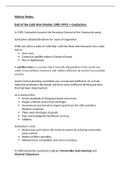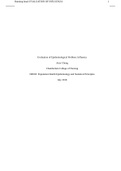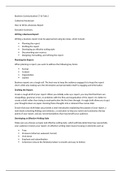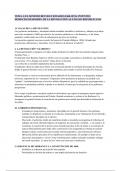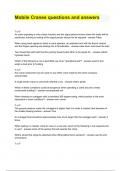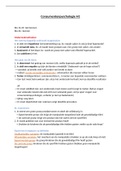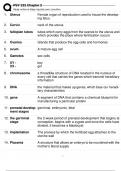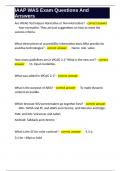Summary
Summary End of the Cold War ()
- Course
- History
- Institution
- 11th Grade
A detailed summary of all relevant information pertaining to the End of the Cold War (). This summary is perfect for studying this section in preparation for IEB exams. This summary includes: Gorbachev, Satellite States, Gorbachev's aims, Perestroika, Glasnost, Poland, Solidarity, Gdansk Agreement,...
[Show more]
